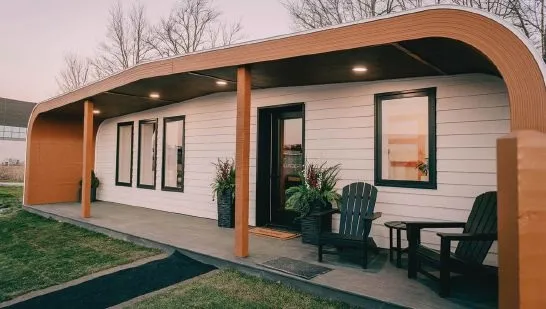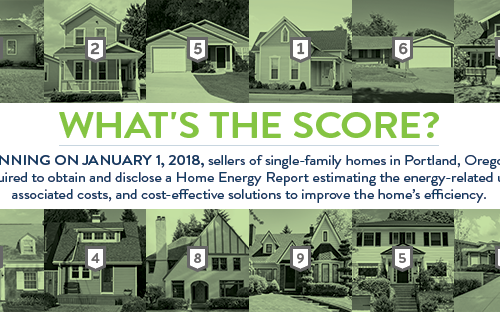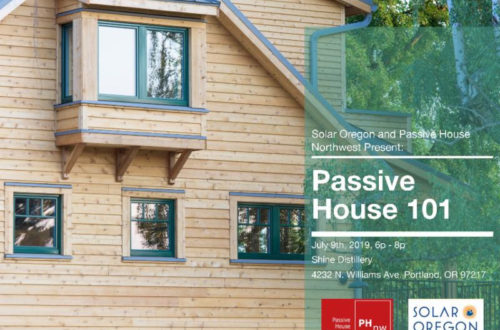First 100% bio-based 3D-printed home unveiled at the University of Maine
The University of Maine Advanced Structures and Composites Center (ASCC) recently unveiled Bio- Home3D, the first 3D-printed house made entirely with bio-based materials. BioHome3D was developed with funding from the U.S. Department of Energy’s Hub and Spoke program between the UMaine and Oak Ridge National Laboratory.
The 600-square-foot prototype features 3D-printed floors, walls, and roof of wood fibers and bio-resins. The house is fully recyclable and highly insulated with 100% wood insulation and customizable R-values. Construction waste was nearly eliminated due to the precision of the printing process.

The technology is designed to address labor shortages and supply chain issues that are driving high costs and constricting the supply of affordable housing. Less time is required on-site building and fitting up the home due to the use of automated manufacturing and off-site production. Printing using abundant, renewable, locally sourced wood fiber feedstock reduces dependence on a constrained supply chain. These materials support the revitalization of local forest product industries and are more resilient to global supply chain disruptions and labor shortages.
Sustainably grown wood fiber is a renewable resource that captures carbon during the tree growth cycle. Bio-Home3D may be thought of as a carbon storage and sequestration unit during its lifetime and after it is recycled.
The prototype is currently sited on a foundation outside ASCC, equipped with sensors for thermal, environmental, and structural monitoring to test how BioHome3D performs through a Maine winter. Researchers expect to use the data collected to improve future designs.
BioHome3D was printed in four modules, then moved to the site and assembled in half a day. Electricity was running within two hours with only one electrician needed on site.
“Many technologies are being developed to 3D print homes, but unlike BioHome3D, most are printed using concrete. However, only the concrete walls are printed on top of a conventionally cast concrete foundation. Traditional wood framing or wood trusses are used to complete the roof,” said Dr. Habib Dagher, ASCC executive director. “Unlike the existing technologies, the entire BioHome3D was printed, including the floors, walls, and roof. The biomaterials used are 100% recyclable, so our great-grandchildren can fully recycle BioHome3D.”
“This project gives us a real possibility to achieve something that has eluded us to-date, and that is the speed of production, to be able to mass produce in a very fast way housing. …The idea that we can create housing units in a fraction of the time with a fraction of the workforce that is an efficiency that we’ve never experienced before. It’s going to stretch our precious state and federal resources exponentially, and most importantly, provide — quickly — for those most in need in our state,” said Daniel Brennan, director of MaineHousing.
For more info: composites.umaine.edu/biohome3d/






